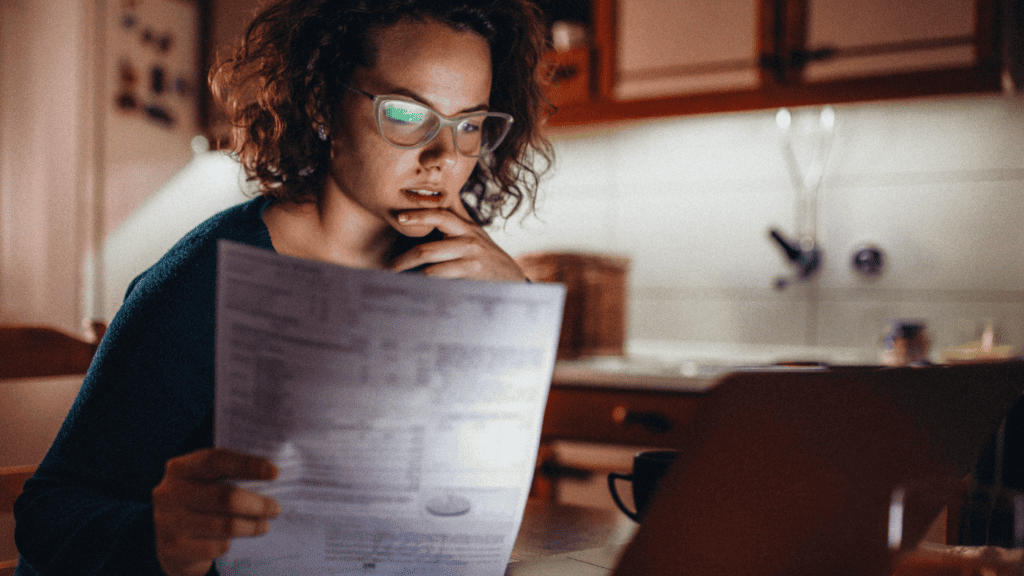Note: The following is a fictional scenario created for illustrative purposes to help our readers in Oklahoma and Arkansas understand the types of bankruptcies and how to take advantage.
Introduction
In the realm of financial distress, bankruptcy offers a hopeful path to relief for individuals and businesses overwhelmed by debt. Despite the stigma it may carry, bankruptcy is not a mark of failure but a legal recourse for those facing insurmountable financial challenges.
The Law Offices of Craig L. Cook specializes in guiding clients through this complex process, tailoring strategies to each unique situation. Through the stories of these fictional characters navigating different types of bankruptcies, we’ll explore the options available and the lifeline they represent.
Types of Bankruptcies
Bankruptcy serves as a legal mechanism designed to protect debtors from creditors, allowing those unable to satisfy their debts a chance to reset financially. It’s crucial to understand that filing for bankruptcy is often the result of unforeseen circumstances, such as job loss, medical emergencies, or the economic climate, rather than fiscal irresponsibility.
Bankruptcy law encompasses several chapters, each catering to different scenarios and needs:
- Chapter 7: Liquidation Bankruptcy
- Chapter 13: Individual Debt Adjustment
- Chapter 11: Reorganization Bankruptcy
Chapter 7 Bankruptcy: The Liquidation Process
Often referred to as “liquidation bankruptcy,” Chapter 7 involves selling non-exempt assets to pay off debts. It’s a route typically chosen by those with limited income, offering a fresh start by discharging most unsecured debts.
Key aspects include:
- Automatic Injunction: Halts creditor collection efforts upon filing.
- Exemptions: Federal and state laws determine which assets you can keep.
Fictional Scenario: Bob’s Medical Crisis

Bob, a hard-working retail manager at a local electronics store, had always prided himself on his financial responsibility. However, life took an unexpected turn when he was diagnosed with a severe, unforeseen illness. The medical bills quickly began to pile up, shrinking his modest savings and exceeding his insurance coverage. Faced with a mounting debt that he had no means of repaying, Bob found himself at a crossroads.
After much consideration and research, Bob decided to file for Chapter 7 bankruptcy. The process required him to liquidate some of his assets, but thanks to both federal and state exemptions, he was able to retain his car and most personal belongings— items essential for his day-to-day life and continued employment.
The relief Bob felt when the court discharged his medical debts was immense. Freed from the financial burden that had once seemed insurmountable, Bob could now focus on his recovery and rebuilding his life, one step at a time.
Chapter 13 Bankruptcy: The Restructuring Path
Chapter 13 bankruptcy offers individuals a chance to reorganize their debts into a manageable repayment plan, typically spanning three to five years. It’s suited for those with a regular income who wish to keep their property.
Benefits include:
- Foreclosure Prevention: Stops the foreclosure process, allowing homeowners to catch up on missed payments.
- Debt Consolidation: Consolidates debts into a single monthly payment based on the debtor’s budget.
Fictional Scenario: Sarah’s Foreclosure Scare

Sarah, a single mother working two jobs to support her family, was on the brink of losing her home to foreclosure. A series of unexpected expenses, coupled with a temporary layoff, had made it impossible for her to keep up with her mortgage payments. The threat of foreclosure loomed large, casting a shadow over the stability she had worked so hard to provide.
Determined to keep her family’s home, Sarah explored her options and discovered Chapter 13 bankruptcy. This chapter allowed her to reorganize her debts into a manageable repayment plan without losing her property. Working with her attorney, Sarah filed for Chapter 13, effectively halting the foreclosure process.
Over the next five years, Sarah adhered to a court-approved repayment plan, gradually catching up on her missed mortgage payments while staying current on her other obligations. Sarah not only retained her home but also regained control over her finances.
Chapter 11 Bankruptcy: Reorganization for Businesses
Primarily utilized by businesses, Chapter 11 bankruptcy facilitates the reorganization of debts, allowing companies to continue operations while repaying creditors under a court-approved plan.
Features include:
- Operational Continuity: Businesses remain open and operational.
- Cramdown Provision: Can reduce the amount owed to creditors.
Fictional Scenario: Tech Innovations’ Turnaround

Tech Innovations, once a thriving startup, found itself struggling to stay afloat during an economic downturn. The company faced declining sales, mounting debts, and the very real possibility of shutting down operations. The founders, however, were not ready to give up on their dream without a fight.
Filing for Chapter 11 bankruptcy offered Tech Innovations a lifeline. This reorganization bankruptcy allowed the company to continue its operations while working on a plan to repay its creditors. Through negotiations facilitated by the bankruptcy court, Tech Innovations was able to secure favorable terms with its creditors, reducing its debt load and lowering its monthly obligations.
Tech Innovations emerged from Chapter 11 leaner, more focused, and with a clear path to profitability.
Understanding Eligibility and Limitations
Each bankruptcy chapter has specific eligibility requirements:
- Chapter 7: Income limitations based on the means test.
- Chapter 13: Debt limits and regular income for the proposed repayment plan.
- Chapter 11: No debt limit, suitable for both businesses and high-debt individuals.
The Impact of Bankruptcy
Filing for bankruptcy can significantly affect one’s financial landscape:
- Credit Score: Bankruptcy impacts credit scores but also offers a pathway to rebuilding credit.
- Fresh Start: Discharges eligible debts, freeing debtors from the burden of unmanageable financial obligations.
Why Choose Us
Navigating bankruptcy requires skilled legal guidance. The Law Offices of Craig L. Cook brings decades of experience, compassion, and personalized attention to each case. Our team is dedicated to helping clients understand their options, make informed decisions, and achieve the best possible outcomes.
Conclusion
Bankruptcy represents a critical lifeline for those drowning in debt. Through the stories of Bob, Sarah, and Tech Innovations, we’ve seen how different types of bankruptcies can offer fresh starts and financial stability.
If you’re considering bankruptcy, The Law Offices of Craig L. Cook is here to help. Contact us for a consultation, and let us guide you toward regaining control of your financial future.

